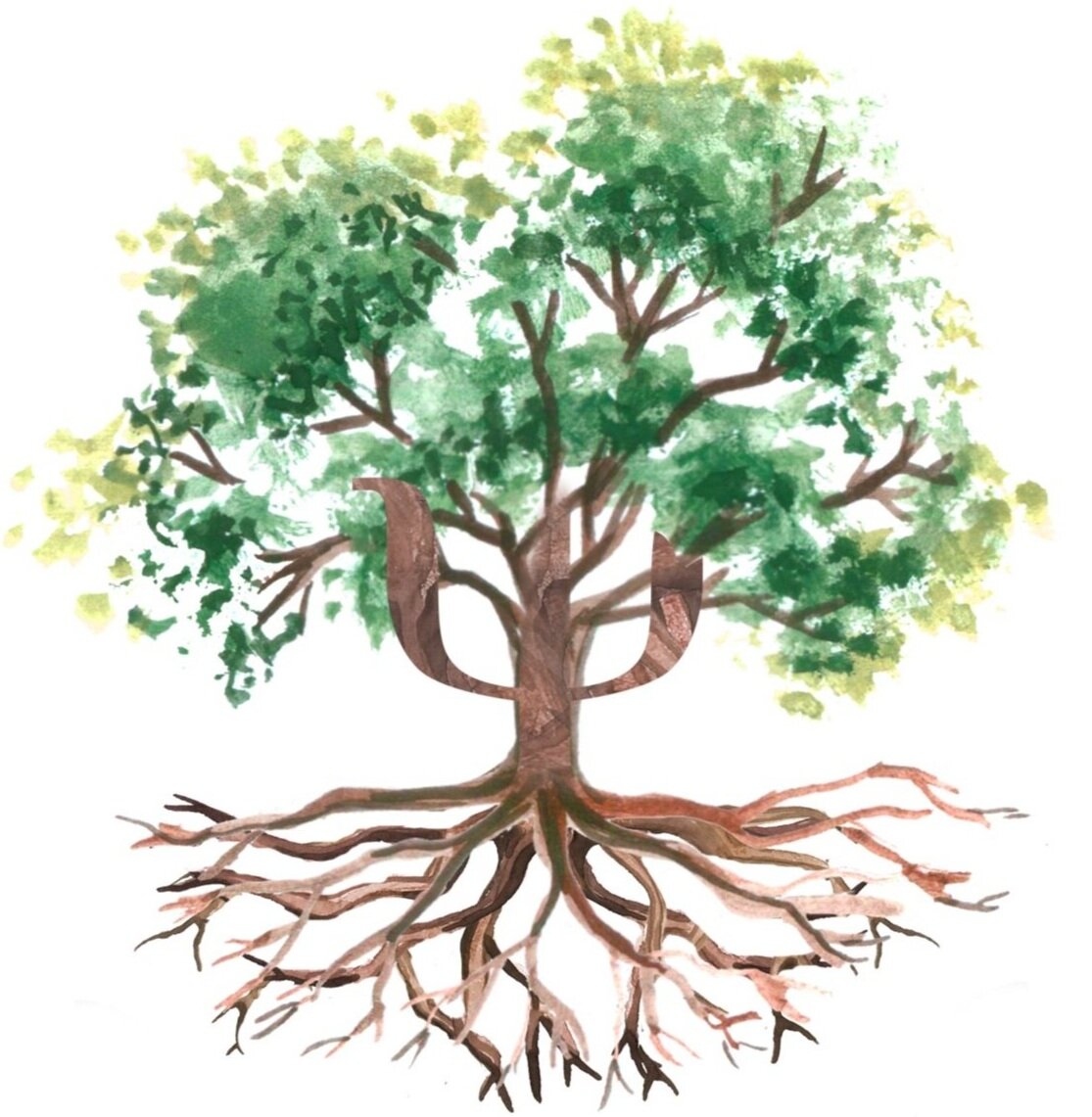Mental Health Screening Tools
Curious about the kinds of psychological screening tools used by mental health professionals or your friendly general practitioner?
Mental Health Screening Tools (MHSTs) are used to assess individuals' mental health state, or identify signs or symptoms of psychological disorders or distress. These tools assist clinicians in understanding individuals' conditions to guide therapy.
MHSTs are not meant to be diagnostic and designed only to flag up areas of concern for further investigation.
General Health Questionnaire (GHQ)
The General Health Questionnaire (GHQ) is a self-report screening tool for identifying short-term, non-psychotic, and minor mental health problems in the general or non-clinical population.
The assessment is suitable for ages adolescent upwards. It is not suitable to be adminisetered to children.
The GHQ focuses on screening 2 areas, namely, difficulties in carrying out everyday, normal functioning and/or the emergence of any new or distressing circumstances.
The GHQ ultimately aims to identify any significant differences between a respondent’s current (disordered) state and their usual state.
It is an ideal for identifying non-psychotic mental disturbances and informing clinicians of subsequent interventions or steps to take with regard to therapy.
While there are various versions, the GHQ-12 is a shortened version containing 12-items. This version is nevertheless, reliable and extensively used.
Generalised Anxiety Disorder (GAD-7)
The Generalised Anxiety Disorder-7 (GAD-7) is a short self-report screening tool that is used to assess anxiety severity in both the clinical and community settings.
This 7-item, self-administered questionnaire is used to screen for panic, social anxiety and post-traumatic stress disorder, and to measure the severity of generalised anxiety disorder (GAD).
The assessment is subsequently used to monitor symptom severity, changes and response to therapy over time.
Insomnia Severity Index (ISI)
The Insomnia Severity Index (ISI) is a brief self-report screening tool used to assess insomnia.
It is widely used to identify possible insomnia in respondents along with the severity of the issues presented.
The ISI is sensitive to insomnia symptoms presented in night-time as well as daytime. It contains 7 items that evaluate the perceived severity of sleep and awakening difficulties such as difficulties initiating sleep, staying asleep and difficulty waking up in the mornings.
It also assesses respondent satisfaction with current sleeping patterns and any consequential distress and degree of daily functioning impairment associated with the respondent’s sleep problems.
Patient Health Questionnaire (PHQ)
The Patient Health Questionnaire-9 (PHQ-9) is a short self-report screening tool that is used to assess depression severity in both the clinical and community settings.
The 9-item questionnaire is specifically based on the DSM-IV criteria, and used to screen for depressive symptoms and diagnose major depressive disorder (MDD).
Higher scores of the PHQ-9 correspond with increased difficulties in daily functioning and sick days.
The assessment is subsequently used to monitor symptom severity, changes and response to therapy over time.
Depression, Anxiety and Stress Scale (DASS-21)
The Depression, Anxiety and Stress Scale (DASS-21) is a short self-report screening tool that is used to assess the core negative emotional states of depression, anxiety, and stress in both the clinical and community settings.
The assessment is suitable for adolescents and adults.
Depression, anxiety, and stress exists on a continuum, which means there is no specific cut-off score that indicates clinical severity. Instead, scores for each subscale are categorised into three severity ranges: normal, moderate, severe. This allows a more useful assessment of disturbance, where individuals who fall short of a clinical cut-off for a specific diagnosis can be correctly recognised as experiencing considerable symptoms and as being at risk of further problems.
This scale is suitable for clinical settings to assist in diagnosis and outcome monitoring, as well as non-clinical settings as a mental health screener.
